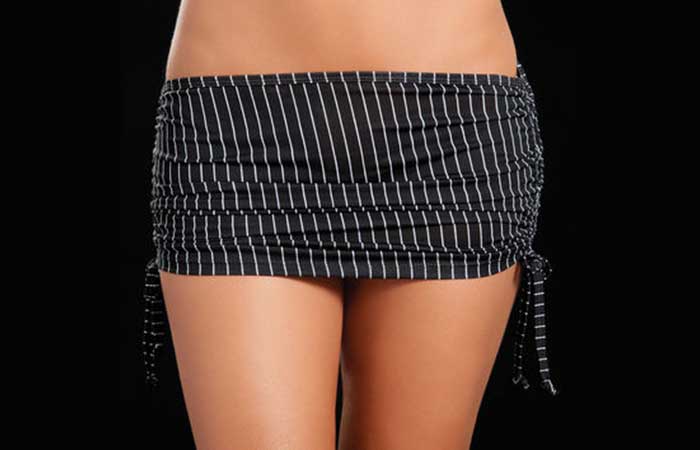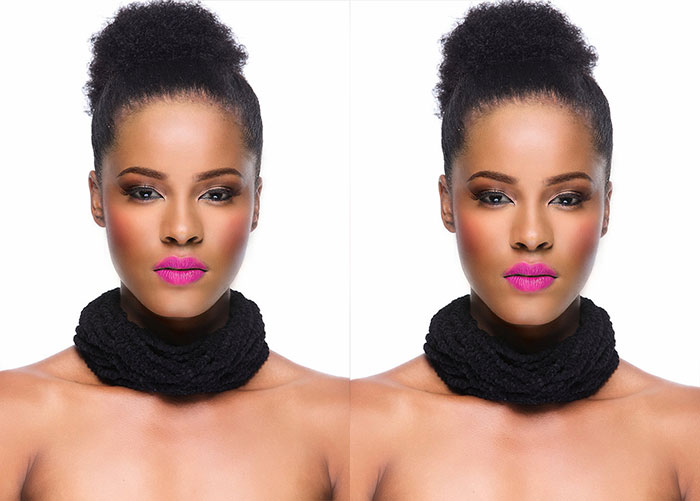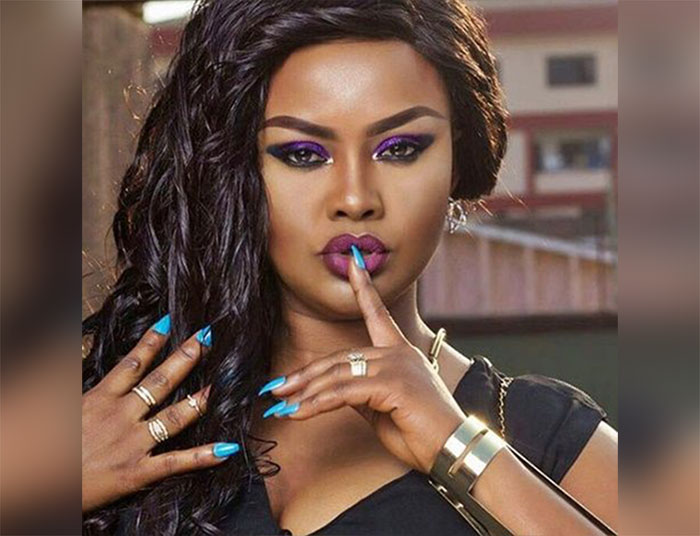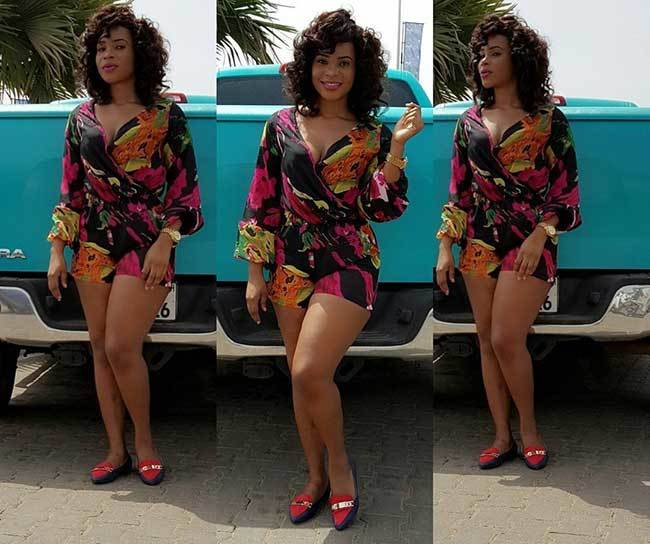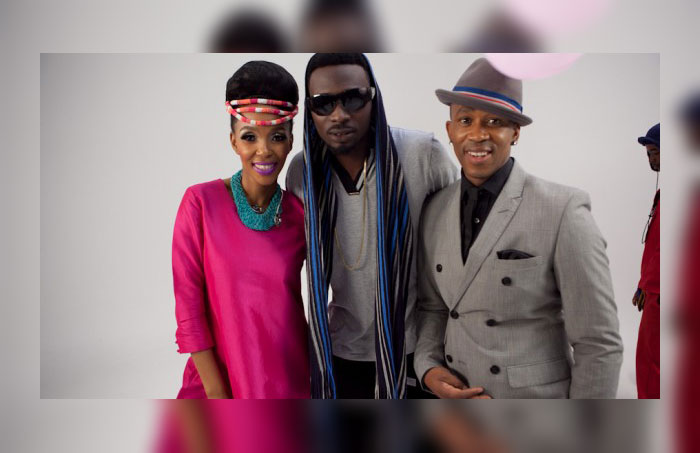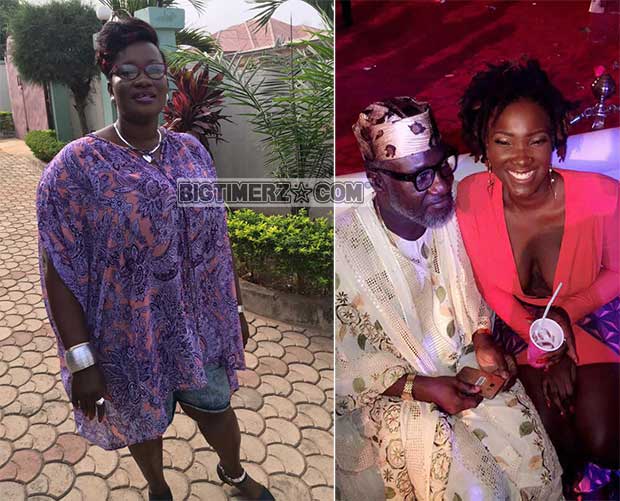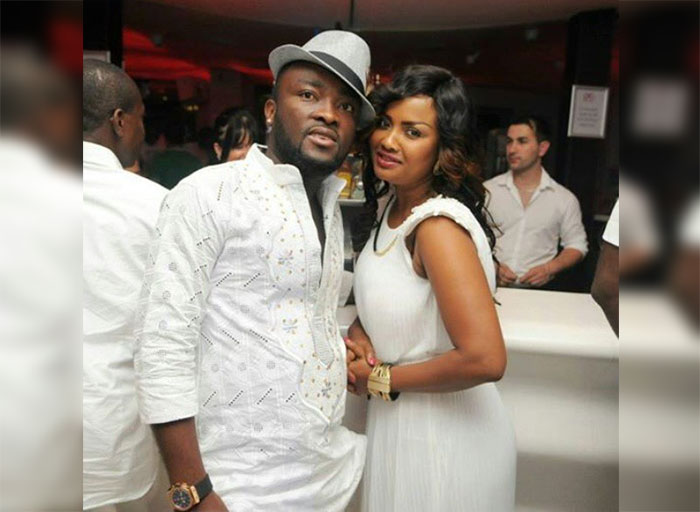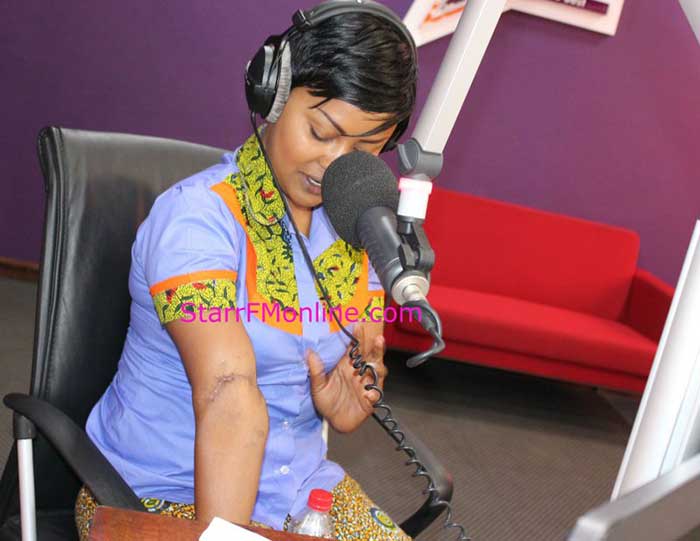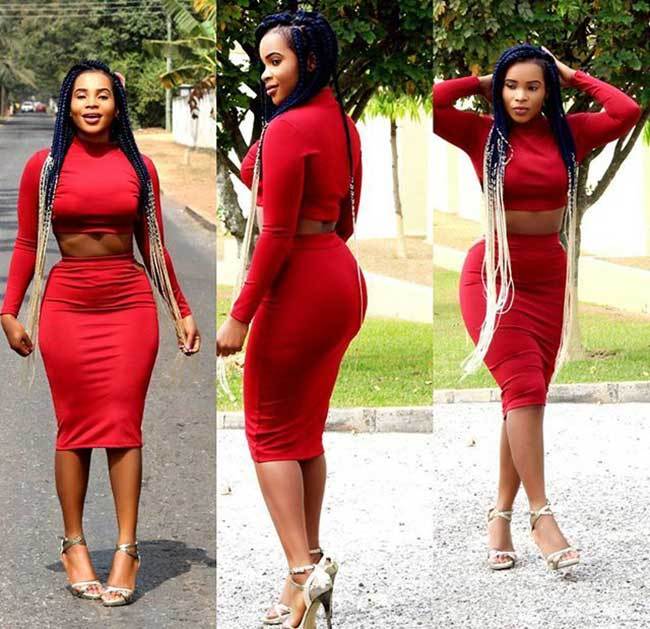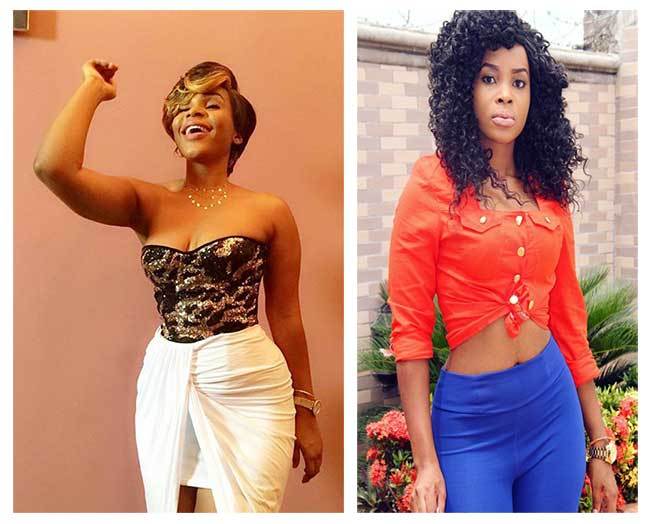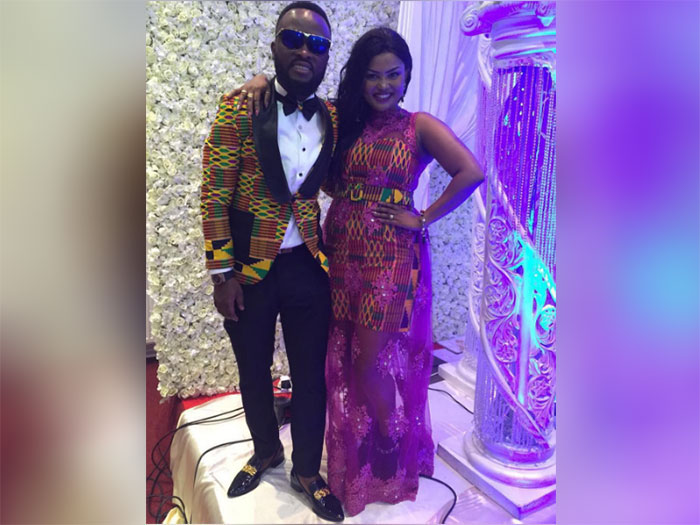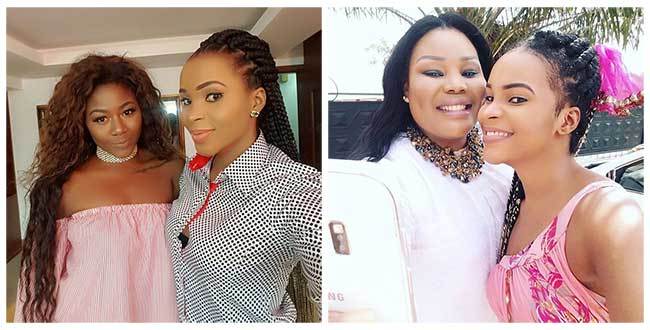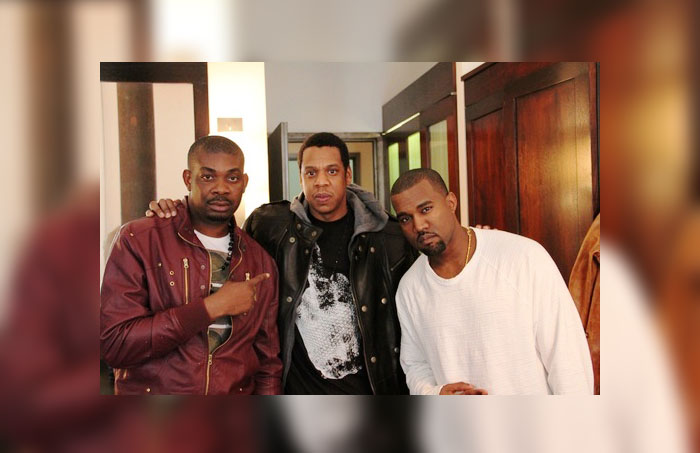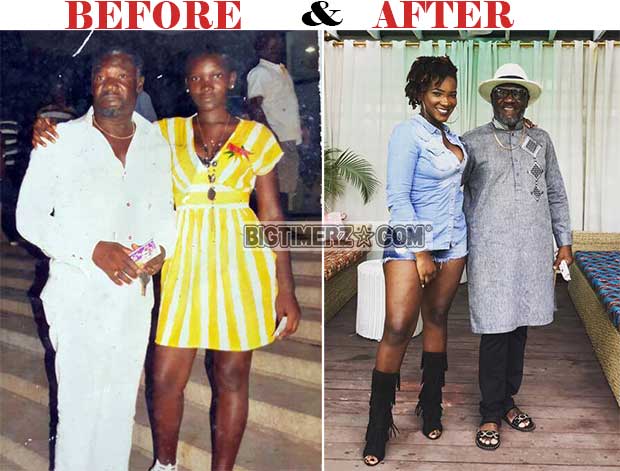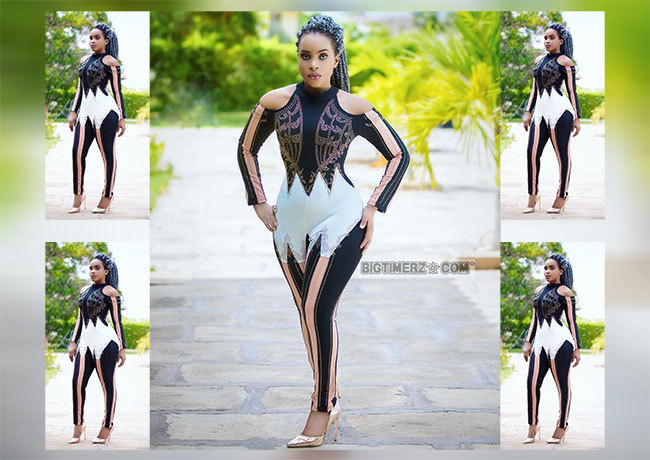Fashion

- Super User
- Category: Fashion
- Friday, 04 March 2016 20:49
Learning the rules of colour blocking...
Colour blocking as the name indicates is a clothing method displayed by the method of wearing several colours considered solid colours in an outfit.
It means solid block colours worn together in patches, vertical or horizontal format. Normally this would involve two or more pallets of colours.
Some clothes come already colour blocked or you can put a colour block outfit together yourself by pairing brightly coloured clothing together. That way you control the colour and the ensemble of the blocking you choose to put on.
If you are a fan of colour blocking then it is important that you keep yourself abreast of the latest trend in colour blocking from time to time. No trend lasts forever.
Understanding the colour cartwheel and its use will enable you understand how it works and of course will provide you with solid colour options to enable you have wider options in solid colour blocking.
The fashion benefits of colour blocking are numerous. Apart from being in vogue, colour blocking can have many body slimming benefits to many a woman’s body.
They are especially useful when the colors are paired with black and then having the darker blocks positioned in areas of the body that will help the wearer look slimmer.
A piece of clothing in an outfit set can have a bold, geometric print that looks like colour blocked pattern, or an entire look can be colour blocked with various items in the outfit being in different colors, all solid colours.
Colour blocking is a very chic and trendy way of coordinating the colours of your outfit. It's all about statement pieces and bold colours, creating a simple yet stylish look. With the right technique, you can easily do it.
Here are some easy tips on how to colour block your outfit.
How to colour block
The first step to colour blocking is choosing a colour palette. If you've never colour blocked an outfit before, start off with two colours -- neutral and bright.
Neutral shades will allow you to create a palette that you feel most comfortable with. Neutral colours will include black, gray, white and taupe, which work best with the bolds and bright colours commonly used in colour blocking.
You can start by pairing neutrals colours such black, gray, white with a bright colour like fuchsia, light green, cobalt blue, purple or orange.
A neon can be made to be a "highlighter" version of a colour, such as neon pink, green or yellow.
You can also opt for jewel tones if you feel that these shades will be more in your comfort zone. Jewel tones would of course include deeper, richer colours such as eggplant purple and maroon.
Gradually and with time you can choose to add a third or fourth colour to your colour blocking combination, even though working with two colours can be fun, you can push the boundary a bit by adding one or two more colours to your colour palette.
In order to achieve this look, choose a colour that's a different hue of your non-neutral shade. Let’s say for example, if you're wearing white and yellow, try adding a green piece.
If you decide to opt for fuchsia, you can bring in a shade of purple or even pink. You will discover that bright blue works equally well with navy or baby blue.
As a matter of fact by choosing a different hue of a colour you're already using, you'll be able to create an overall cohesive look that is tonal, uniformed and still colour blocked.
Now, if you happen to be daring enough, you can always choose a completely different colour for your next shade (or two).
The Writer is a Certified Image Consultant. She provides Corporate & Personal Training on Personal grooming and Business Etiquette.
She is the Principal Consultant at Kobadem training centre And also manages KOBADEM UNISEX Boutique.
Email- This email address is being protected from spambots. You need JavaScript enabled to view it.
www.kobadem.com/facebook
This email address is being protected from spambots. You need JavaScript enabled to view it.
0206471765
CREDIT: Graphiconline




